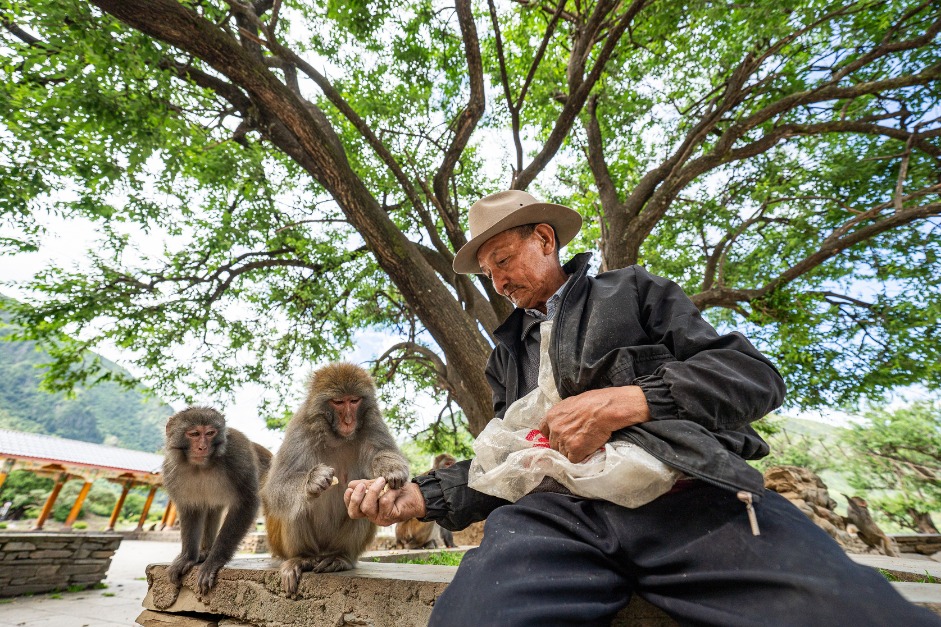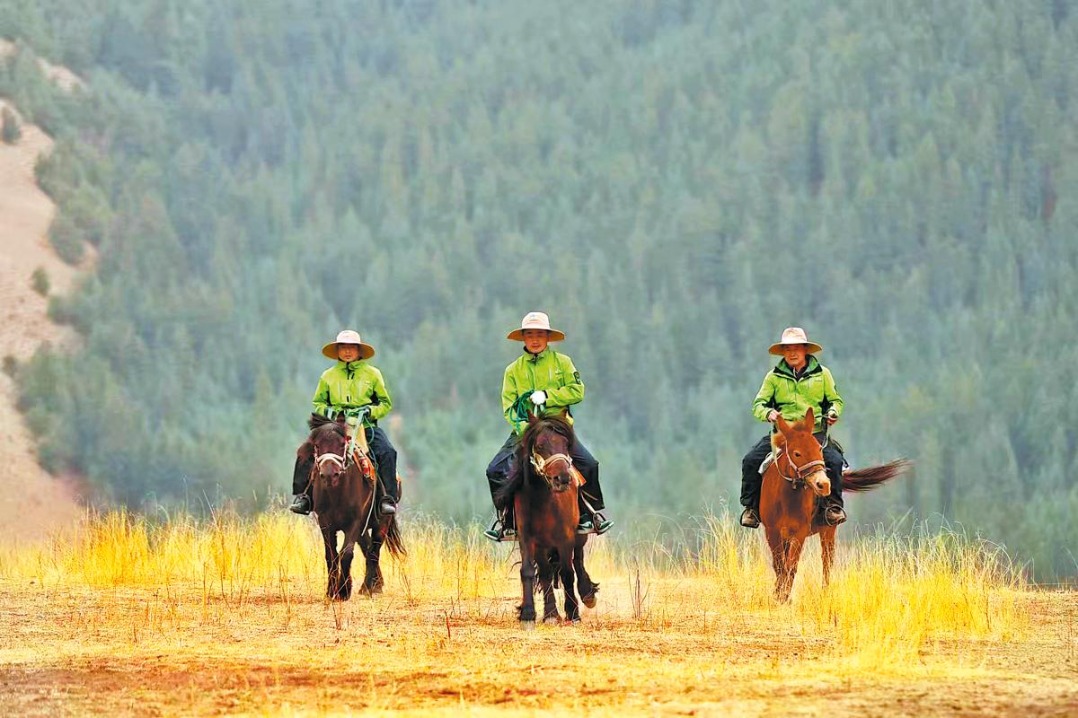Xinjiang temple site displays key Chinese characteristics

The Kashgar area in Xinjiang, China, known as "Shule" during the Han (206 BC-AD 220) and Tang (618-907) dynasties, was a renowned center of Buddhism. Xuanzang, a Tang dynasty monk (the prototype for the Tang monk in Journey to the West, a major classic Chinese novel), recorded that there were "hundreds of monasteries and tens of thousands of monks" there.
However, over time and havoc caused by severe sandstorms, only 20 Buddhist sites have survived.
Among them, the Mo'er Temple Site, located in the northeastern desert of Kashgar, is relatively well-preserved, with a basically intact stupa and a multi-layered square pagoda with some damage on its surface.
Since 2019, Chinese archaeologists have carried out multiple excavations at the site, unveiling a large-scale complex of temple buildings. They have unearthed a significant number of relics, including plaster Buddha statues, pottery, and copper coins, proving that it was a Buddhist temple site from the 3rd century to the early 10th century.
So, what has been discovered in the excavation of the Mo'er Temple Site? What are the prominent architectural features of the Buddhist structures? And what cultural influences have been exerted? To answer these questions, the reporter interviewed Professor Xiao Xiaoyong, head of the archaeological excavation team at the Mo'er Temple Site, who is also an archaeology professor at Minzu University of China.
- Closed-door seminar highlights China's push for autonomous delivery
- Shanghai district boosts Yangtze Delta integration with 40 new projects
- International award winners among Shanghai audience for World AI Conference
- China proposes global cooperation body on AI
- China shares multi-hazard early warning system globally
- Convention on Wetlands chief praises China's conservation efforts




































